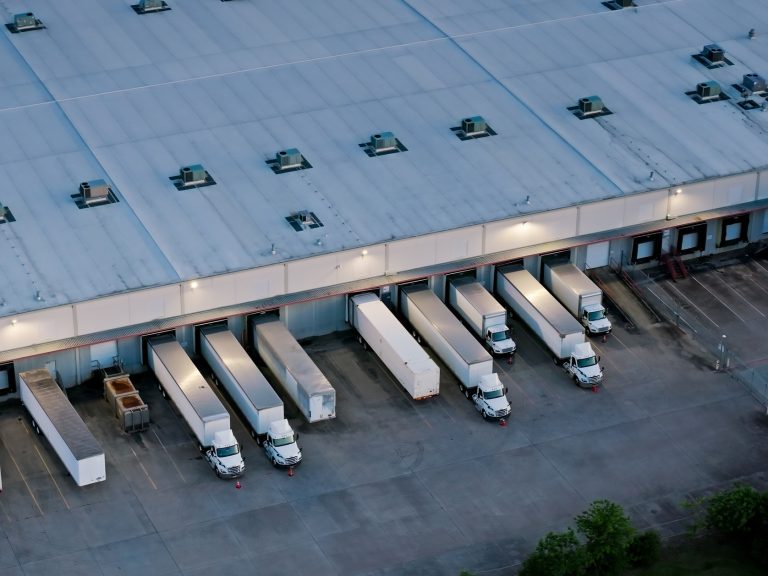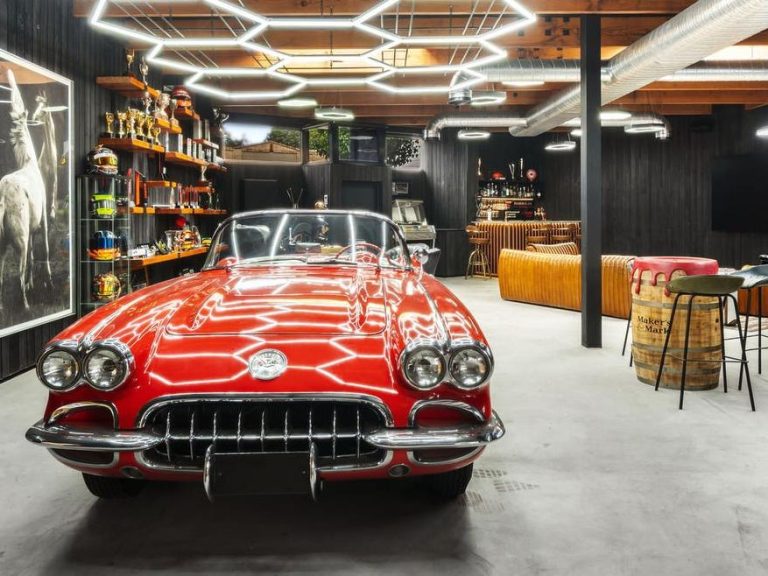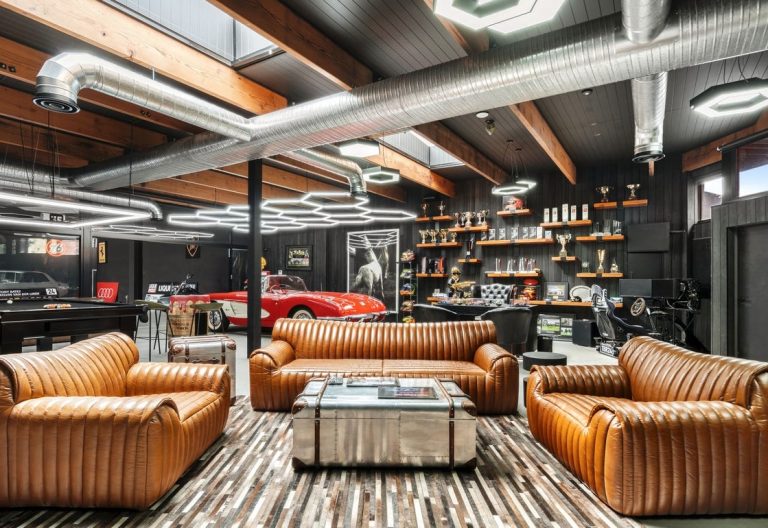Aussie companies ditch the suburbs for luxury CBD offices
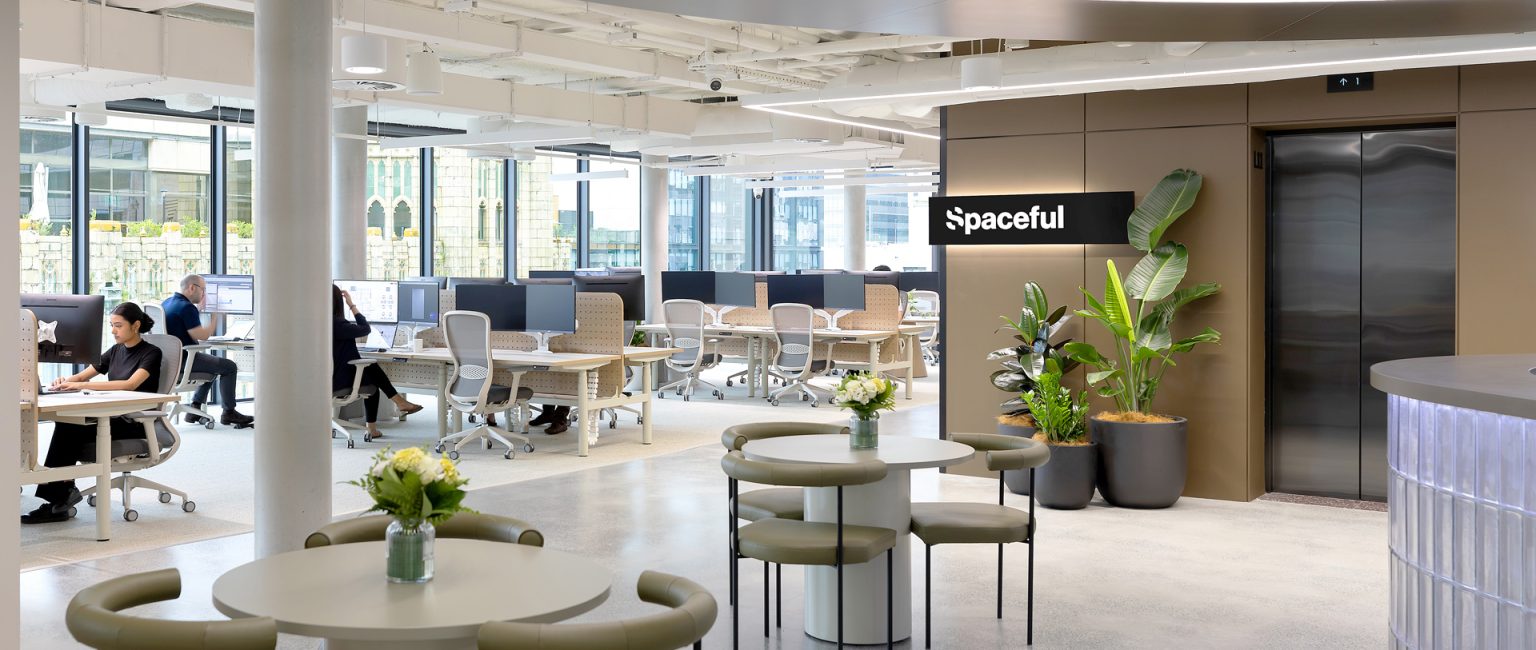
Australian companies are vacating suburban areas and returning to city skyscrapers, lured by premium office spaces offering luxury amenities, enhanced transport links and access to larger talent pools.
New data released in the Property Council of Australia’s biannual Office Market Report indicate office vacancy rate in Australian CBDs has increased slightly from 13.7% to 14.3% in the past six months, with more than 200,000 square metres of new supply added to the market.
In the Sydney CBD, vacancy has ticked up slightly from 12.8% in January to 13.7% in July, however premium office towers are filling fast.
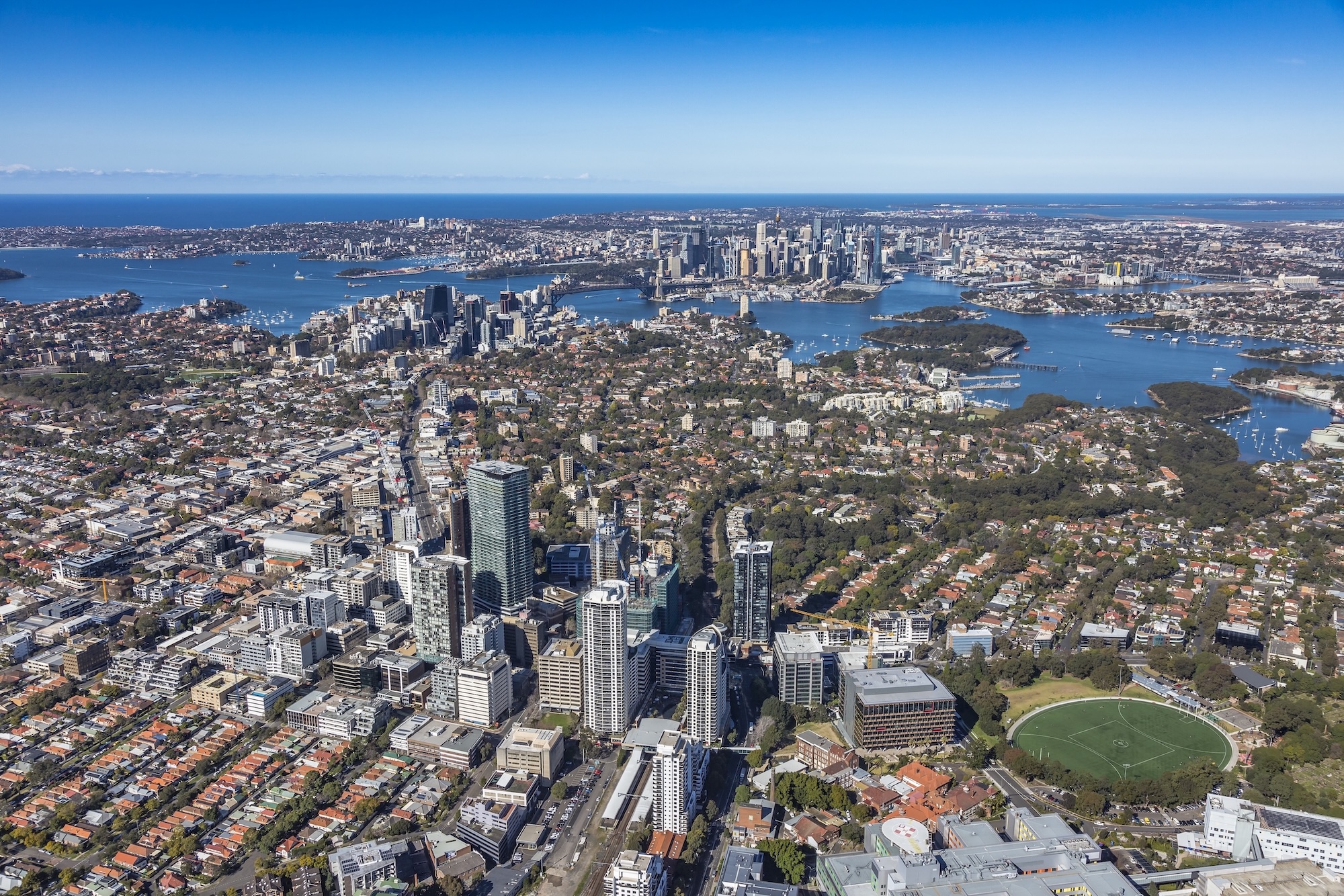
Sydney’s St Leonards and Crows Nest has maintained its position as the nation’s office market with the highest vacancy, reaching 29.7% in July 2025. Picture: Getty
Katie Stevenson, executive director of Property Council NSW, highlights a flight-to-quality trend of companies moving from suburban locations to high-end offices in the CBD.
“They’re moving into modern, well-connected CBD towers with better amenity, sustainability and access to talent,” Ms Stevenson said.
The data indicates demand for suburban office space in Sydney is being negatively impacted by the recovery of the CBD market, with Crows Nest/St Leonards maintaining the highest vacancy rate in the country, reaching an eye watering 29.7% by July 2025 – almost double the national average.
Locations like Macquarie Park and Chatswood are similarly witnessing vacancies rise sharply, while North Sydney is steady but also under pressure, with office vacancy sitting at 21.7%.
Although suburban areas have historically provided businesses with larger floor plates, competitive rents, convenient parking and shorter commutes, these advantages are now being eclipsed by the appeal of high-end, energy-efficient CBD offices with modern designs, flexible layouts, and superior transport links.
“Metro and light rail are making the CBD easier than ever to get to, while many suburban precincts still rely on car travel – it’s changing where people want to work,” Ms Stevenson said.
“Companies are also using less space but making it count, trading multiple sites for one high-performance, centrally located office.”
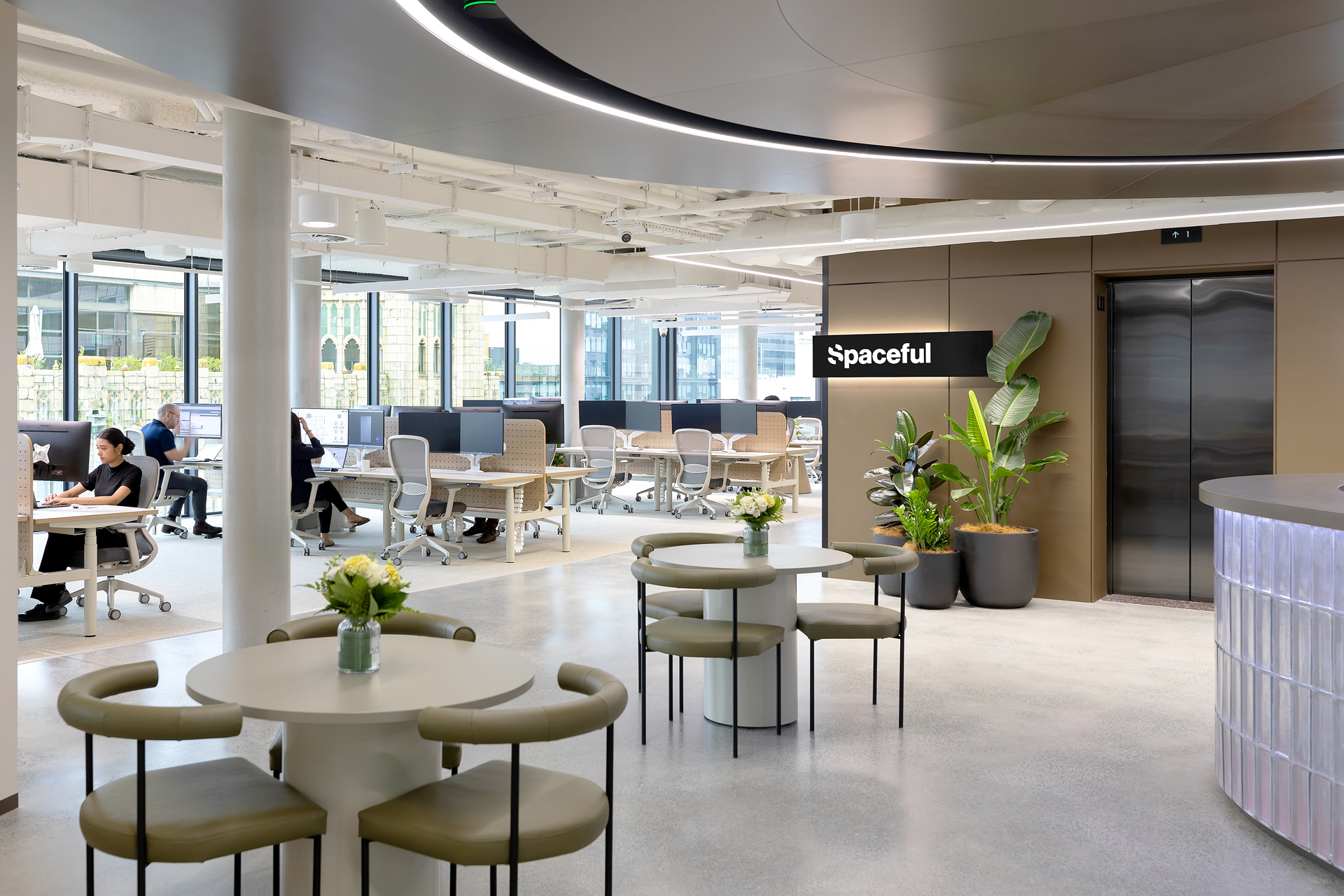
Architectural design firm Spaceful made the move to the CBD last year to attract staff back to the office. Picture: Supplied
Spaceful, an architectural design firm, moved its operations from Waterloo to a central CBD site in September last year – a converted Victorian warehouse at 32 York Street.
CEO Ben Myhill said the relocation was a strategic move to better accommodate staff and clients.
“The central CBD location makes it easier for clients and stakeholders to visit us and provides our Australia-wide team with easy access to public transport and a wide range of city amenities, which was a significant factor in our decision,” he told realcommercial.com.au.
“When we put it in perspective, it was far better value for our business to move into the CBD and attract all our staff back into the office. It’s also been an important move for our business growth, as a prime CBD location is a powerful tool for attracting top talent.”
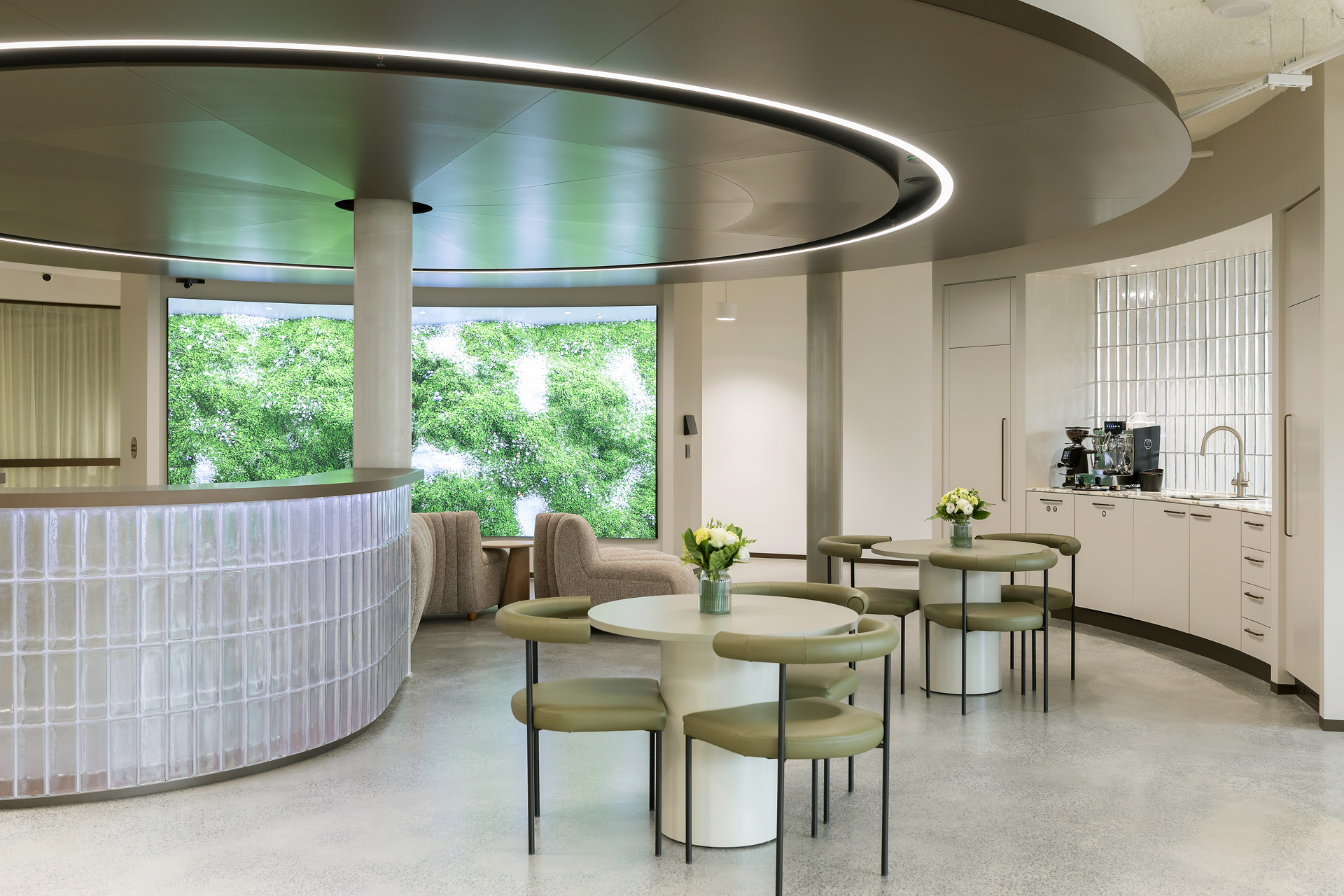
Spaceful’s new CBD office is a converted warehouse. Picture: Supplied
Client partnerships associate, Conor Pender, commented on how Spaceful’s relocation to the city has made it easier for employees to attend industry events.
“And we also have so many options for lunch nearby which is a huge bonus, and I can get to the gym straight from work or even at lunch,” he said.
The suburban office ‘crisis’
Vanessa Rader, head of research at Ray White, believes the ‘suburban office crisis’ reflects more than just cyclical adjustment, but a structural transformation where CBD recovery is directly cannibalising suburban demand.
“Australia’s non-CBD office markets are experiencing some of their most challenging periods on record, with several high-profile precincts recording vacancy rates that would have been unthinkable just a few years ago, though some regional markets continue to buck the trend,” Ms Rader said.
“Transport connectivity, once considered the primary driver of office demand, has proven insufficient when CBD locations offer superior amenities, corporate prestige, and competitive lease terms.
“Many suburban office markets now require exceptional fundamentals to compete against revitalised city alternatives.”
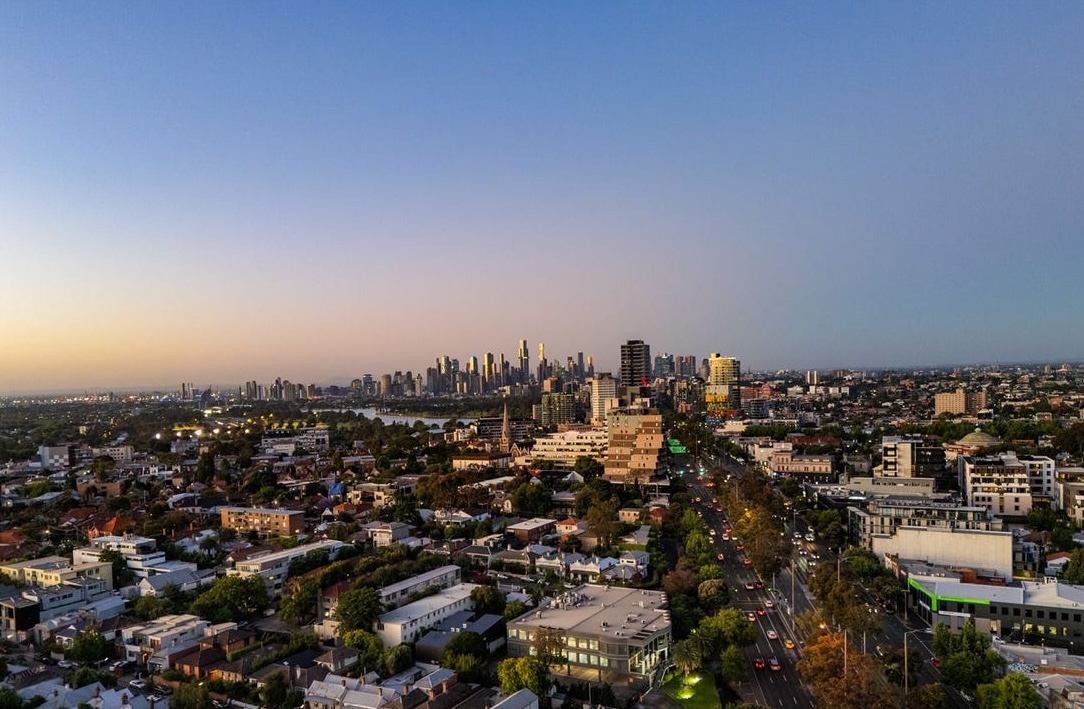
Vacancy rates along St Kilda Rd have reached 29.1%, reflecting Melbourne’s suburban struggle. Picture: realcommercial.com.au
While Brisbane CBD vacancy rose from 10.2% to 10.7%, the Brisbane fringe has maintained healthy fundamentals with vacancy at just 10.5% – a low unseen since 2013.
Meanwhile, the Gold Coast is proving one of Australia’s tightest suburban office markets at 7.5% vacancy.
Ms Rader said Queensland’s continued outperformance demonstrates that strong demographic growth, cost competitiveness, and business confidence can overcome CBD competition pressures.
“Suburban markets lacking these advantages face potential obsolescence as businesses gravitate toward premium city locations regardless of suburban infrastructure credentials.”
Businesses back Adelaide CBD
In March, finance and mortgage broking firm Financia relocated from the Adelaide suburb of Kent Town to new state-of-the-art offices in the CBD.
The company moved into 459sqm of ground floor space at 60 Hindmarsh Square, following a multi-million dollar investment in the acquisition, upgrade and fit-out of the property, and the recent launch of its new buyer’s agency, Negotiata.
Director Leon Spadavecchia said his decision to move the firm to the city is because “that’s where deals are done.”
“We wanted a bit of a lifestyle change for our team as well, to be able to enjoy their lunch break or to be able to go and see clients out in the city, because a lot of our clientele actually do operate in the city as well. So it made sense,” Mr Spadavecchia said.
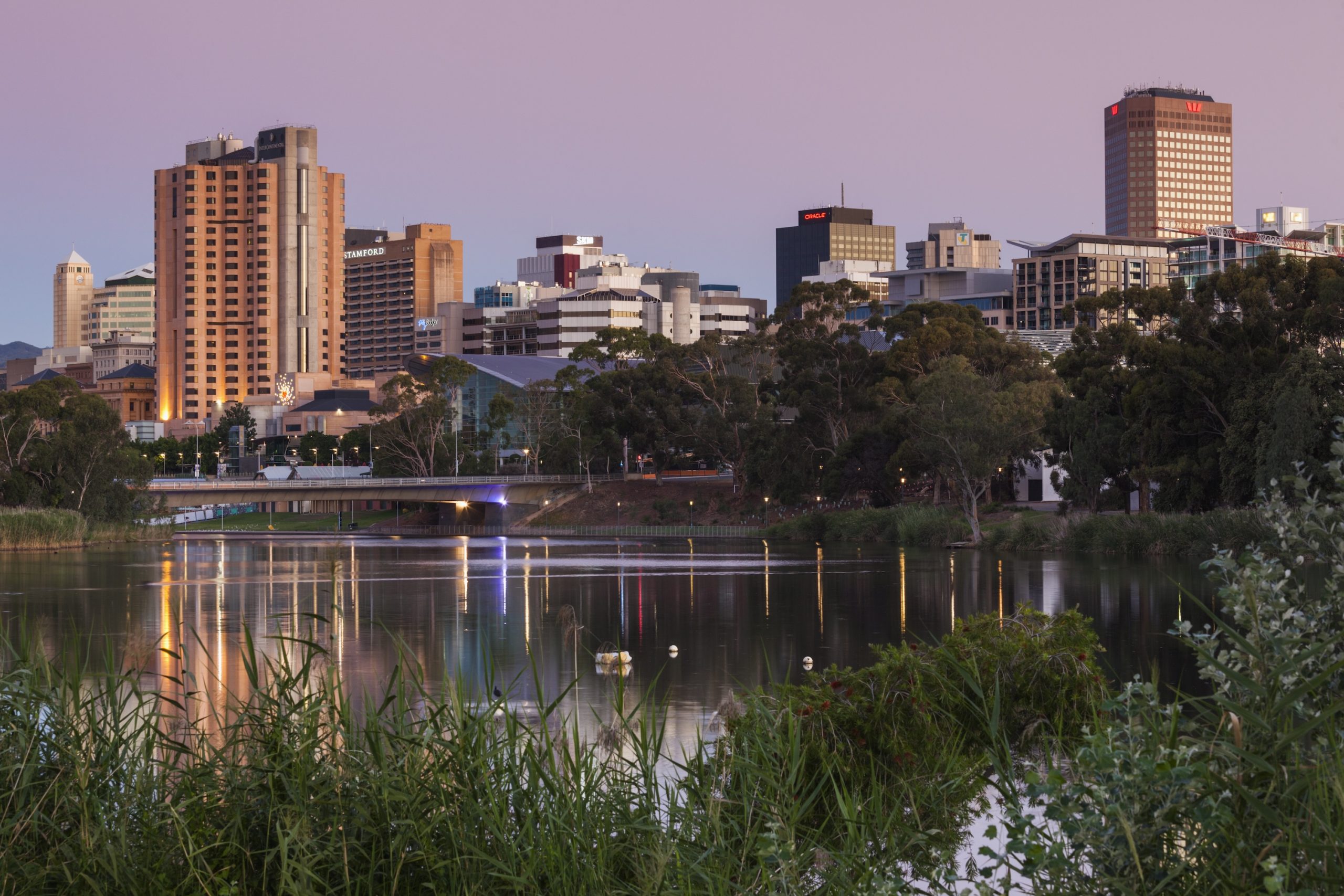
Adelaide’s office vacancy rate has fallen from 16.4% to 15.0% in the past six months. Picture: Getty
“And part of it also was the fact that you can go for a walk down the road, you end up bumping into somebody you haven’t seen for a while – talk starts to get around, a bit of noise, a bit of momentum, and deals get done. So that was part of the methodology for coming back into the CBD.”
Data from the Property Council reveals Adelaide CBD has seen a significant drop in vacancy rates from 16.4% to 15.0%.
Vanessa Rader, head of research at Ray White, noted that Adelaide has shown the most substantial improvement compared to its market size among major CBDs, highlighting the city’s growing appeal for cost-effective and high-quality office spaces outside the traditional eastern seaboard markets.
“The strong 22,326sqm of net absorption suggest genuine occupier interest in Adelaide echoing positive economic conditions, potentially driven by interstate relocations and local business expansion taking advantage of the city’s competitive rental rates and improving amenity offerings.”
Coles opts for improved accessibility
Despite facing significant challenges, vacancy in Melbourne CBD fell from 18% to 17.9% as demand and withdrawals outstripped the small amount of supply that came online.
The data indicates quality buildings with strong amenities and transport connectivity are beginning to attract occupier interest from some of Australia’s biggest companies.
In February, supermarket giant Coles announced the relocation of its head office from suburban Melbourne to 720 Bourke Street in the city’s Docklands precinct.
“Being located in or around the Melbourne CBD has access to a talent pool around four times larger than an employer located in or near Hawthorn East due to greater access to public transport networks,” a company spokesperson told the Financial Review.
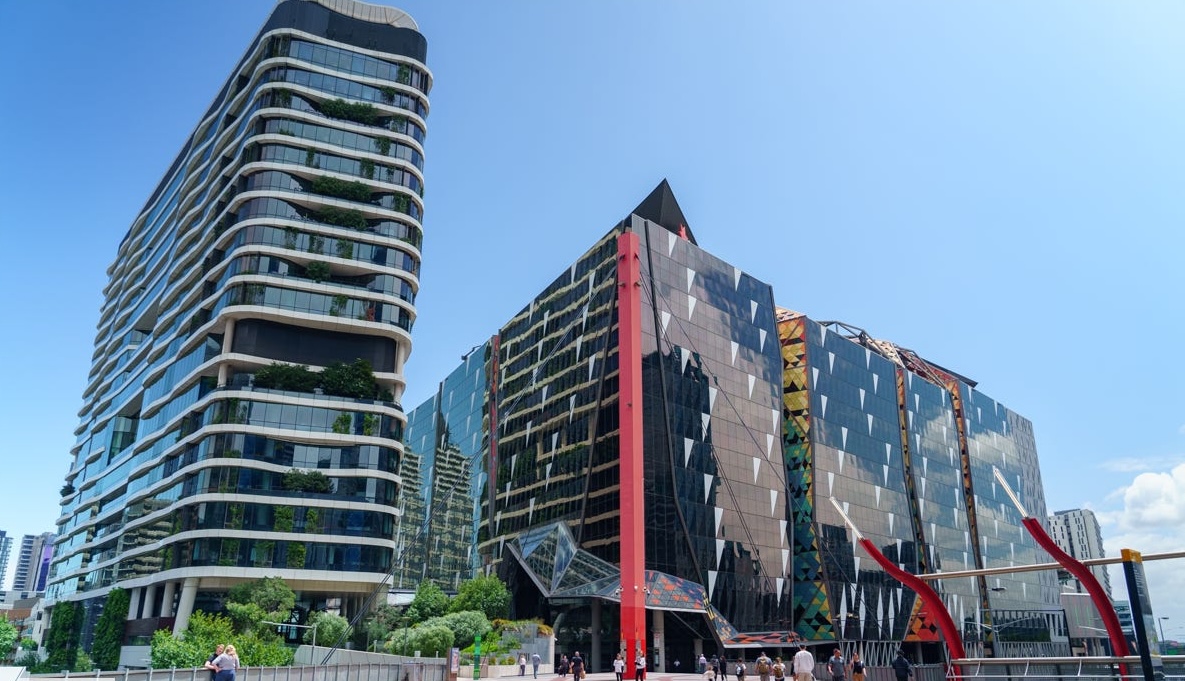
Coles is relocating its headquarters from suburban Melbourne to Docklands. Picture: realcommercial.com.au
“In particular, this relocation will significantly improve accessibility for current and future team members located in the northern suburbs, western suburbs and regional Victoria.”
Coles noted the new office will also help the company meet its sustainability goals.
“We know our current office space isn’t easily accessible by public transport,” the spokesperson said.
“Seven-twenty Bourke Street can be accessed by train, tram, bus, car, bike, foot, and has connection points to the airport (SkyBus) and regional train network (V-line), meaning our team members will have far more choice in how they commute to the office. The vast majority of our team in the new office will enjoy having this optionality.”

